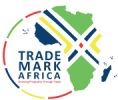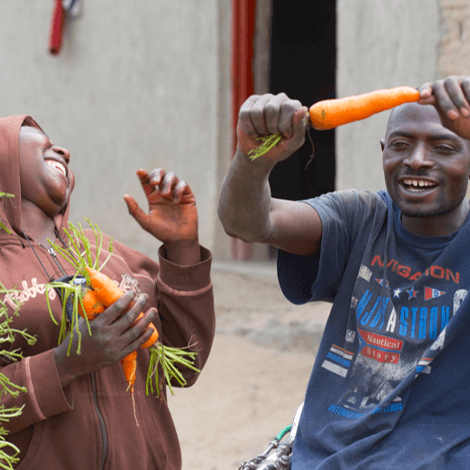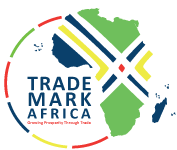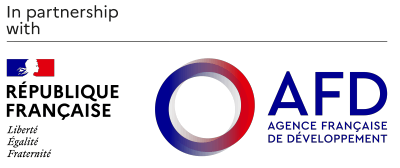Arusha. The East African Community (EAC) is mobilising funds for renewable energy projects which can lead to reduction of firewood and charcoal use by 50 per cent. The new drive would start with formulation of the Regional Renewable Energy Master plan alongside with energy efficiency and conservation programmes. “Our main focus is on ensuring environmentally friendly energy sources through attracting investments and promoting competitiveness and trade,” said the EAC deputy secretary general (Productive and Social Sectors) Christophe Bazivamo. He was speaking during the on-going exhibition of renewable energy technologies by the German energy initiative called Energiewende. The July 23 to August 10 exhibition at the EAC headquarters is aimed at exposing the region to efficient energy technologies from Germany, which intends to stop the use of nuclear energy. “Modern energy services mean accessing 50 per cent of the population that currently uses traditional cooking fuel to renewable sources,” he said. Available statistics indicate that modern energy consumption in EA was about 130 KwH per capita, which is considered one of the lowest in the world. In an effort to promote renewable energy, the community last year created the EA Centre of Excellence for Renewable Energy and Efficiency based in Kampala, Uganda. According to Mr Bazivamo, funds are also being mobilised to facilitate the formation of the proposed Regional Renewable Energy Association and harmonisation of the standards. The Germany government pledged to assist the region in the renewable energy drive, saying it would increase energy efficiency and protect the climate. “We...
EAC mobilises resources for clean energy projects
Posted on: August 1, 2018
Posted on: August 1, 2018















